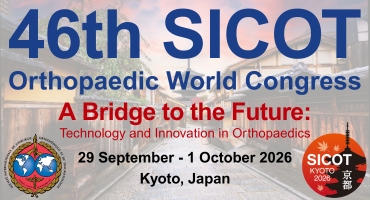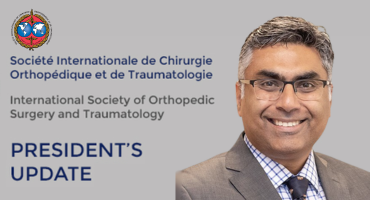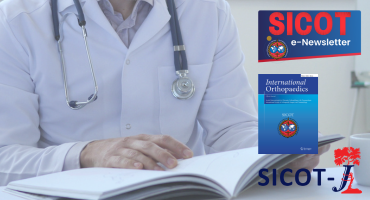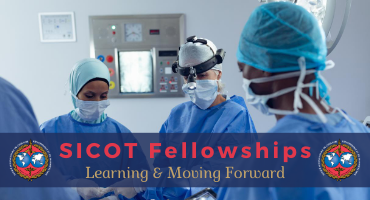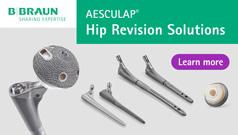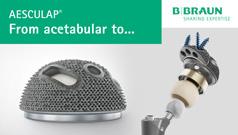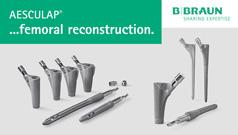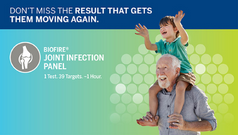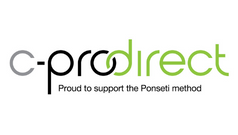Does three-dimensional planning of anterior acetabular component overhang affect short-term functional outcomes after robotic-assisted total hip arthroplasty?
Int Orthop. 2025 Sep 23. doi: 10.1007/s00264-025-06660-8. Online ahead of print.
ABSTRACT
PURPOSE: Three-dimensional robotic planning may oblige the surgeon to accept an anterior overhang of the acetabular cup. Whether this planned overhang compromises short-term outcomes is unknown.
METHODS: We retrospectively reviewed 437 consecutive robotic total hip arthroplasties (THA) performed between November 2018 and March 2022; 192 hips with complete 3-D screenshots and 12-month follow-up formed the study cohort. Anterior overhang on the definitive plan was graded minor (≤ 2 mm), moderate (between 2 and 4 mm), or major (≥ 4 mm). Primary outcome was psoas pain at one year, defined by pain on resisted-hip-flexion testing; psoas impingement was confirmed if infiltration or tenotomy was performed. Secondary endpoints were Harris Hip Score (HHS), Oxford Hip Score (OHS) and Forgotten Joint Score (FJS-12).
RESULTS: Planned overhang occurred in 52 of 192 hips (27%): 33 minor, 18 moderate and one major. Psoas pain was more frequent with overhang (16% vs. 3.8%; p = 0.008); no differences were recorded for confirmed psoas impingement, groin pain, re-operation or revision of implants. Differences of mean HHS, OHS and FJS-12 at three and twelve months were non-significant between groups. Anterior wall index < 0.33, lateral center-edge angle < 25° and female sex are associated with overhang.
CONCLUSIONS: Minor anterior cup overhang is common in robotic THA. It increases the likelihood of clinical psoas impingement but does not impair early hip function or raise revision risk. Accepting minor overhang is clinically acceptable when necessary, provided patients are counselled about increased psoas pain risk and high-risk anatomies are monitored.
PMID:40986041 | DOI:10.1007/s00264-025-06660-8






